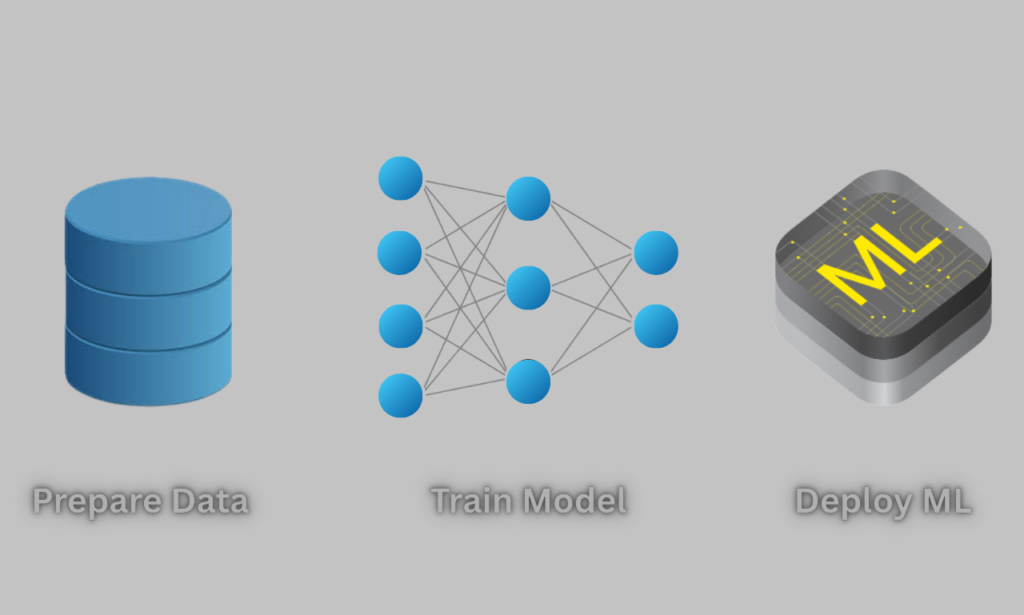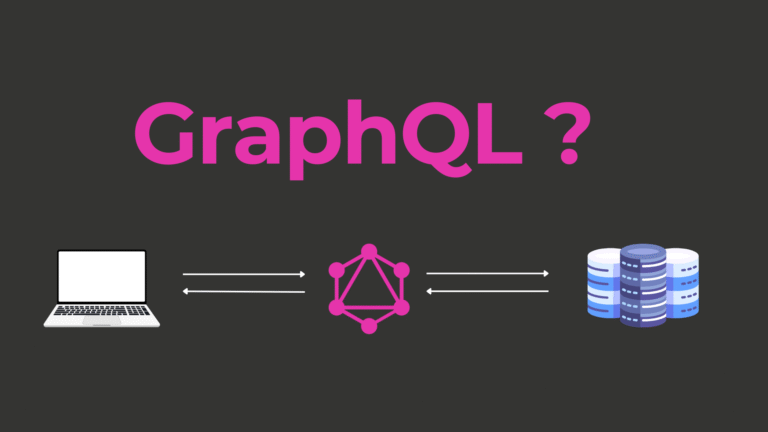Supervised vs. Unsupervised Learning – Understanding ML Models

Introduction
Machine learning (ML) has become the backbone of artificial intelligence (AI), enabling systems to make intelligent decisions based on data. The two primary approaches in ML, supervised and unsupervised learning, play distinct roles in model training and problem-solving. Understanding these methodologies is essential for selecting the right approach for a given AI application. This article delves into the fundamentals, key differences, real-world applications, and future trends of supervised and unsupervised learning.
The Importance of Machine Learning in AI Development
Machine learning is the driving force behind many AI innovations, from predictive analytics to autonomous systems. By leveraging data, ML models can recognize patterns, make decisions, and improve over time.
How Machines Learn from Data to Make Predictions
Machines learn by analyzing datasets and identifying relationships. Through iterative training, models refine their predictions and enhance accuracy, making them indispensable for AI applications.
Why Understanding ML Models is Crucial for AI Applications
Selecting the right ML model is crucial for achieving optimal performance in AI-driven solutions. The choice between supervised and unsupervised learning depends on data availability, problem complexity, and desired outcomes.
What is Supervised Learning?
Defining Supervised Learning: Teaching Machines with Labeled Data
Supervised learning relies on labeled datasets where input-output pairs guide the model’s learning process. This structured approach ensures high accuracy in classification and regression tasks.
How Supervised Learning Works: Training, Validation, and Testing
The supervised learning pipeline involves training a model on labeled data, validating its performance on separate datasets, and testing its generalization ability on unseen data.
Key Characteristics of Supervised Learning Models
- High accuracy: Due to labeled data, models achieve precise predictions.
- Requires extensive labeled datasets: Quality training data is essential.
- Used in predictive analytics: Applied in scenarios where historical data informs future outcomes.
Types of Supervised Learning Algorithms
1. Classification Algorithms: Categorizing Data for Precise Predictions
Classification models sort data into predefined categories. Examples include spam detection, sentiment analysis, and medical diagnosis.
2. Regression Algorithms: Understanding Patterns for Continuous Outcomes
Regression models predict continuous values, such as stock prices or temperature forecasts, by analyzing relationships between variables.
3. Common Supervised Learning Models: Decision Trees, SVM, and Neural Networks
- Decision Trees: Hierarchical models used for decision-making.
- Support Vector Machines (SVM): Effective for classification tasks.
- Neural Networks: Used for deep learning applications.
Real-World Applications of Supervised Learning
1. Fraud Detection in Banking and Finance
Supervised learning models identify fraudulent transactions by analyzing spending patterns and flagging anomalies.
2. Personalized Recommendations in E-Commerce and Streaming Platforms
Recommendation systems in platforms like Netflix and Amazon use supervised learning to tailor content suggestions based on user preferences.
3. Disease Diagnosis and Medical Image Analysis in Healthcare
AI-powered diagnostic tools classify medical images to detect diseases such as cancer and pneumonia.
What is Unsupervised Learning?
Defining Unsupervised Learning: Finding Hidden Patterns in Data
Unlike supervised learning, unsupervised learning deals with unlabeled data, uncovering hidden structures and relationships within datasets.
How Unsupervised Learning Works: Self-Discovery Without Labels
Models analyze data without predefined categories, grouping similar data points or reducing dimensionality to extract meaningful insights.
Key Characteristics of Unsupervised Learning Models
- Works with unlabeled data: Requires minimal human intervention.
- Used for exploratory analysis: Identifies patterns and trends.
- Highly scalable: Suitable for large datasets.
Types of Unsupervised Learning Algorithms
1. Clustering Algorithms: Grouping Similar Data Points for Insights
Clustering methods, such as K-Means and hierarchical clustering, segment data into meaningful clusters.
2. Dimensionality Reduction: Simplifying Data Without Losing Key Information
Techniques like Principal Component Analysis (PCA) reduce the complexity of datasets while retaining essential features.
Common Unsupervised Learning Models: K-Means, PCA, and Autoencoders
- K-Means Clustering: Groups similar data points into clusters.
- PCA: Reduces data dimensions for efficient analysis.
- Autoencoders: Neural networks used for unsupervised representation learning.
Real-World Applications of Unsupervised Learning
1. Customer Segmentation in Marketing and Retail
Businesses use clustering techniques to segment customers based on purchasing behavior, enhancing targeted marketing strategies.
2. Anomaly Detection in Cybersecurity and Fraud Prevention
Unsupervised models detect unusual patterns in network traffic, identifying potential cyber threats and fraudulent activities.
3. Pattern Recognition in Genomics and Scientific Research
AI-driven models uncover genetic patterns and relationships, advancing research in personalized medicine.
Key Differences Between Supervised and Unsupervised Learning
1. Labeled vs. Unlabeled Data: The Fundamental Distinction
Supervised learning requires labeled data for training, whereas unsupervised learning explores raw data without labels.
2. Accuracy vs. Discovery: When to Use Each Approach
Supervised learning provides precise predictions, while unsupervised learning uncovers new patterns and relationships.
3. Computational Complexity and Resource Requirements
Unsupervised learning typically requires more computational resources due to its exploratory nature and the need to analyze vast amounts of data.
When to Use Supervised vs. Unsupervised Learning

1. Choosing the Right Model Based on Data Availability
Supervised learning is ideal when labeled data is available, while unsupervised learning is used when data lacks predefined categories.
2. Industry-Specific Use Cases and Their Preferred Learning Approach
- Healthcare & Finance: Supervised learning dominates for accuracy-driven applications.
- Marketing & Cybersecurity: Unsupervised learning excels in pattern discovery.
3. Combining Supervised and Unsupervised Learning for Hybrid AI Solutions
Many AI systems integrate both approaches, leveraging supervised models for prediction and unsupervised techniques for feature extraction.
Challenges and Limitations of Each Learning Method
1. Data Dependency in Supervised Learning: The Need for Large Labeled Datasets
High-quality labeled data is crucial for training supervised models, which can be expensive and time-consuming to acquire.
2. Scalability and Interpretability Challenges in Unsupervised Learning
Unsupervised models struggle with interpretability, making their insights harder to validate.
3. Avoiding Overfitting and Underfitting in ML Models
Balancing model complexity is essential to ensure generalization in real-world applications.
Future Trends in Supervised and Unsupervised Learning
1. The Role of AI Automation in Reducing Labeling Efforts
Self-supervised learning is emerging as a bridge between supervised and unsupervised approaches, reducing reliance on labeled data.
2. Advancements in Semi-Supervised and Self-Supervised Learning
These hybrid techniques leverage small labeled datasets with large unlabeled datasets to improve efficiency.
3. The Growing Influence of Deep Learning in ML Model Optimization
Deep learning is enhancing both supervised and unsupervised methodologies, driving more sophisticated AI capabilities.
Getting Started with Machine Learning Models
1. Essential Tools and Frameworks for ML Model Development
Popular tools include TensorFlow, PyTorch, and Scikit-Learn for building ML models.
2. Best Online Courses and Resources for Learning ML Techniques
Platforms like Coursera, Udacity, and MIT OpenCourseWare provide comprehensive ML training.
3. Hands-On ML Projects for Beginners to Explore Supervised and Unsupervised Learning
Beginner projects such as image classification, clustering customer data, and anomaly detection provide practical experience.
Conclusion
The Growing Impact of ML Models on AI Innovation
Machine learning continues to revolutionize industries, automating complex tasks and enabling data-driven decision-making.
Key Takeaways on Choosing the Right Learning Approach
Understanding the strengths and limitations of supervised and unsupervised learning is vital for optimizing AI applications.
The Future of Machine Learning in Data-Driven Decision Making
As AI advances, the synergy between supervised and unsupervised learning will unlock new possibilities, driving intelligent automation and predictive analytics.



